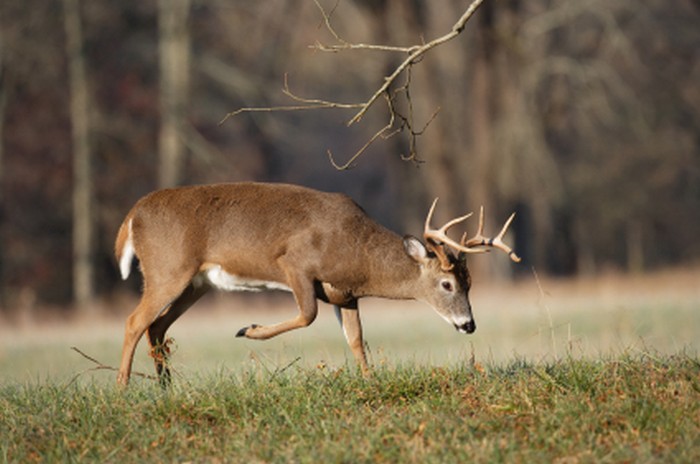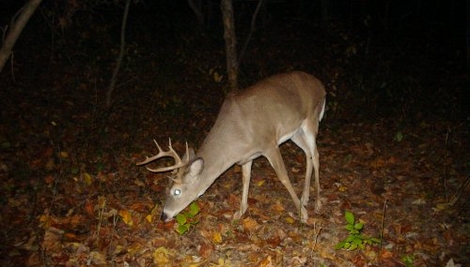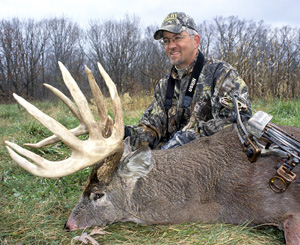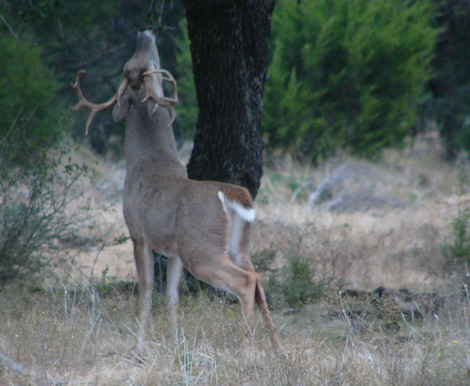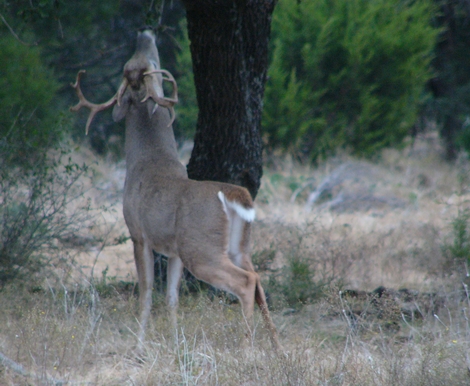White-tailed deer management is about controlling the age, genetics, and nutrition of a deer herd. These components are the nuts and bolts of producing and growing big, healthy deer. Hunters understand that whitetail, like other game animals, are a renewable natural resource that can be used for both recreation and food. This is exactly why we enjoy getting out in the woods and doing a little deer hunting each fall. Although proper doe harvest is essential for maintaining a deer population within the carrying capacity of the habitat, let’s face it, hunters really look forward to hunting for big ole mature bucks.
There are several strategies that can be used to bag a buck, but for the most part hunters are limited to hunting food, water, travel areas, or deer sign. Whitetail bucks often leave visual evidence of where they have been in the form of rubs and scrapes. Of the two, scrapes can predict the location that a buck is likely to return. Despite the fact that many mature bucks check scrapes under the cover of darkness, hunting scrapes after a rain could increase your chances of crossing paths with a big whitetail buck. Continue reading “Hunt Scrapes After a Rain”
